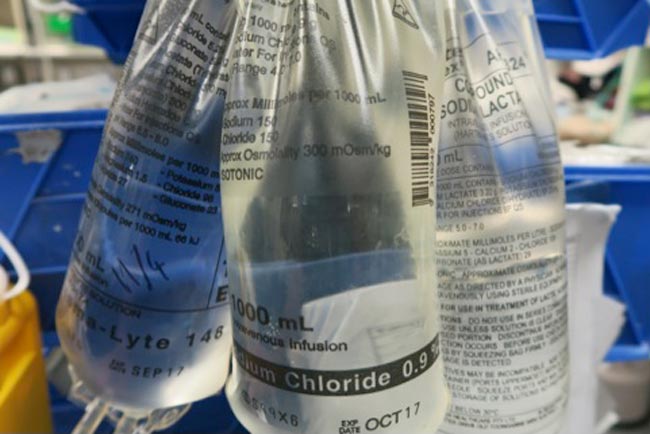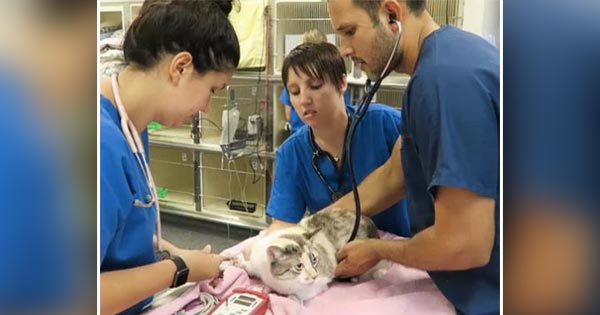Tag: Cats
-

Learning to speak out about pregnancy loss
—
by
This week (9-15 October) sees Baby Loss Awareness Week in action. It’s a time to reflect, remember, and discuss our experiences to help others to feel less alone. After experiencing two early miscarriages this year in February and June, I found talking about my experiences to help others was the best way to work through…
-

Urinalysis: dipstick tips
—
by
Following on from July’s post entitled Urinalysis: the neglected test, let’s have a look at the dipstick – it’s a very easy part of a urinalysis and essential to perform. Here are some of my tips in regards to using dipsticks: It may sound obvious, but you should always use veterinary-specific dipsticks. Human-specific dipsticks include…
-

Fluid therapy: twice maintenance just isn’t good enough
—
by
Fluid therapy is a topic that sometimes gets overlooked by vets, partly because there is a misconception that developing fluid plans can be difficult. However, if you keep it simple, you can develop a tailored fluid therapy plan for you patient that is much better than a blanket “twice maintenance” rate. There are four basic…
-

Anaesthetic risks: when complacency sets in
—
by
Adverse events during anaesthesia in otherwise young and healthy patients is a rare occurrence. However, with low incidence of adverse events could come an increased risk of complacency on the part of the veterinary team. Take the following case as an example: “Clicky” is a young and healthy cat that underwent a routine dental prophylaxis…
-

Levels of care: charity versus private practice
—
by
Following on from the previous piece on gold-standard care, I wanted to focus on an issue that seems to exist, but isn’t often acknowledged or explained. I think you all know I am a huge supporter of the vet care provided by charities; I’ve worked at RSPCA Harmsworth, Battersea and Mayhew, and I know the…
-

All creatures great and small: big dog, bigger impact?
—
by
Rescues and breeders both agree on one thing: small dogs are more popular than big dogs. Having recently made the move from a small dog to big dog owner, I’ve been reflecting on the differences in terms of his impact. Is a big dog more money, work and impact than a small dog? Money I…
-

Linear foreign bodies, part 2: tips for diagnosing with ultrasound
—
by
Following on from the previous post where we discussed tips on how to diagnose a linear foreign body on a radiograph, this post sees us cover how to diagnose it on ultrasound. If used by an experienced ultrasonographer who knows what to look for, ultrasound can be a highly sensitive and specific diagnostic test. What…
-

Linear foreign bodies, part 1: tips for diagnosing with radiography
—
by
Linear foreign bodies can be tricky to diagnose, compared to normal foreign bodies, for many reasons. Mostly because you often don’t see the classic obstructive pattern appearance on radiographs or ultrasound. In this short blog series, we are going to cover some hints and tips that can make diagnosing a patient with a linear foreign…
-

We’ll look after them
—
by
Since the beginning of the pandemic, many small animal vets adopted a “no clients in the building” policy. To begin with, we didn’t like it. Everything took longer, we ran back and forth between practice and car park, history taking was stilted, the practice phone lines were jammed and we often ended up running around…
-

Strange obsession
—
by
Looking back through my blogs, I realise I’m a bit poo / cat litter obsessed – but as I’m currently living with the messiest cat ever, I hope you’ll you forgive me one more item on the topic. This time round I’m identifying a gap in the capital market (for any of you interested in…